Maurice Hankey: Architect of Modern Government
Maurice Hankey (1877-1963) deserves to be far better known than he is today as the principal architect of the Cabinet Office in modern British government. It would be wrong to...
Maurice Hankey (1877-1963) deserves to be far better known than he is today as the principal architect of the Cabinet Office in modern British government. It would be wrong to...
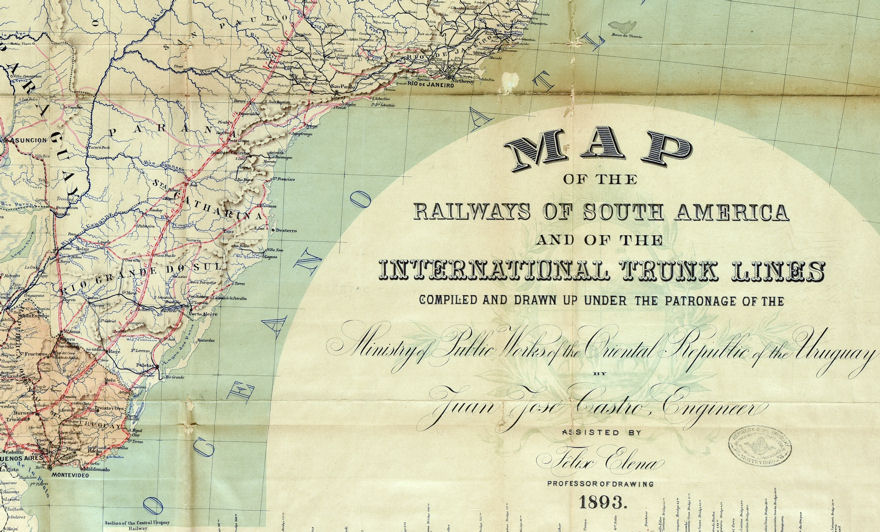
...and entrepreneurs arrived to make their fortunes. Welsh, Irish and Germans emigrated to make new lives in the newly opened markets and the cities. The SS Minosa1 left Liverpool in...

...the Berlin Wall, the most potent symbol of the Cold War, opened. A new volume in the series Documents on British Policy Overseas (DBPO) charts the events of this historic...

...take on this new role. The Prime Minister was clear about the tasks and objectives; he wanted the new Unit to be his ‘eyes and ears in Whitehall’. [vii] Donoughue...
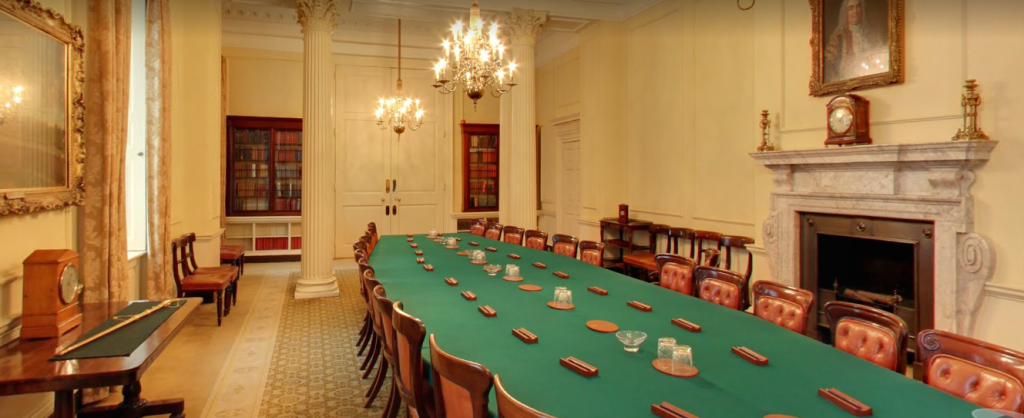
The Cabinet Room at No. 10 Downing Street, courtesy of 10 Downing Street's new page on Google Arts and Culture Researcher in Residence: Progress Report III My name is...
...four times Chancellor before he was four time Prime Minister – who developed the Exchequer into recognisably modern form. He did not envisage anything like today’s welfare state, being obsessed...
...Townsend. The Suez crisis in 1956 led to much speculation about the Queen’s views and what she knew of unfolding events. Eden believed that informing the Queen was of supreme...
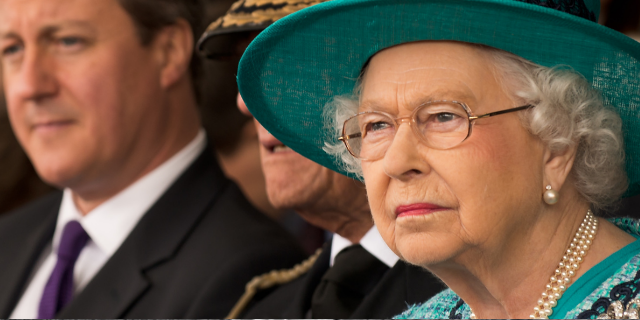
...views and what she knew of unfolding events. Eden believed that informing the Queen was of supreme importance and all the Suez papers were sent to her, the first time...
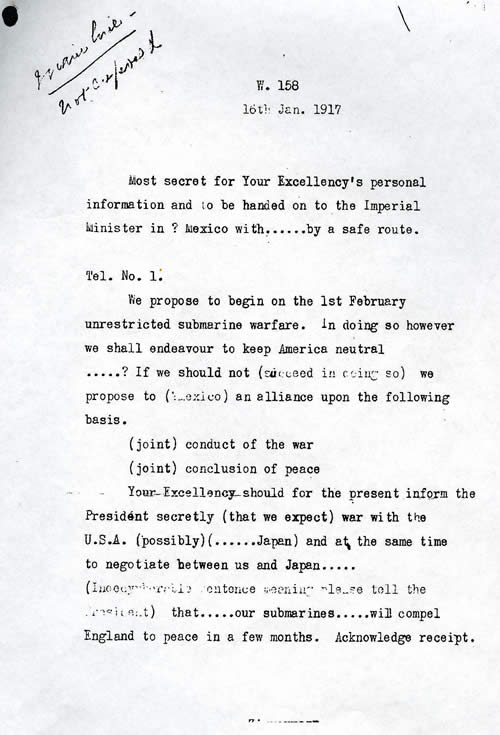
...of the room, about which there has been both speculation and mystery. There have been different theories about the source of the codebook used to decipher diplomatic traffic. Even today,...
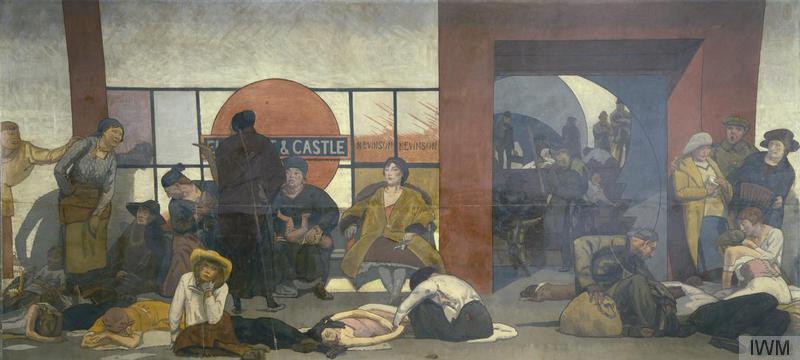
100 years ago today saw the first German airship raids on Britain when two Zeppelins attacked the coastal towns of Great Yarmouth and King's Lynn, Norfolk. In this post, Professor...